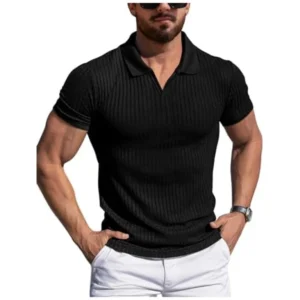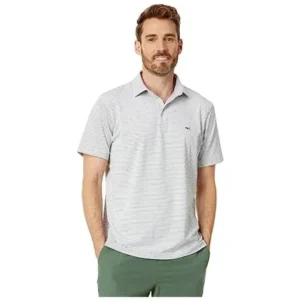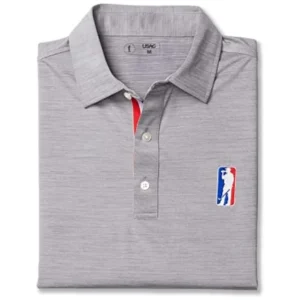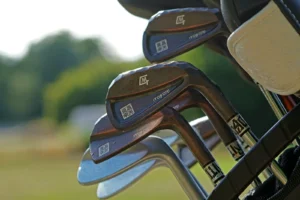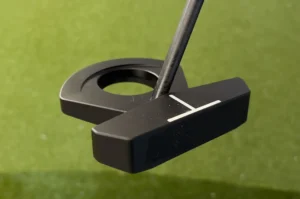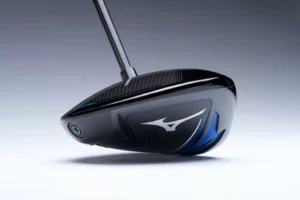Properly fitted golf shoes are essential for stability, swing precision, and comfort during play. The right fit allows your feet to move naturally while keeping them supported on uneven terrain. This article will provide key guidance on toe room, heel fit, arch support, proper lacing, and flex so you can find your ideal golf shoe fit with the question How Tight Should Golf Shoes Be?.
When trying on golf shoes, many factors come into play beyond just the size marked inside. The shape and contour of your feet, as well as foot conditions like bunions or high arches, impact how a shoe fits and feels. Taking the time to understand sizing, wiggle room, snugness, and support will ensure your chosen golf shoes make it more useful, not a distraction, on the course.
How Tight Should Golf Shoes Be?
Determining Your Size
Knowing your exact foot size is the critical starting point for finding well-fitted golf shoes. Feet change over time, so you shouldn’t rely on a size you wore years ago. Measuring your feet length and width will give you the baseline for your true current size.
When measuring length, use a tape measure or tracing and stand on a flat surface in your socks. Measure from the heel to the tip of the longest toe in millimeters or inches. For width, measure the foot at the widest point, usually the ball/metatarsal area.
Once you know your measurements, use them as a guide when trying on shoes. The marked size may vary across brands, so focus on the fit and comfort rather than the number. The beginning trial size should match your measured length with a little room to spare.
Allowing Toe Room
Proper toe room in golf shoes allows some space for your toes to wiggle and splay naturally as you walk and swing. Adequate room reduces pressure on toes and nails that can lead to blisters, jamming, and black nails over 18 holes. However, you don’t want excessive space where your foot is sliding and unstable.
When trying on shoes, make sure your toes don’t touch the front of the shoe, even when walking or lightly kicking forward. There should be a thumb’s width (about 1⁄2 inch) from the tip of your longest toe to the end. Toes will often lengthen during a round as feet warm up and swell slightly, so the extra room prevents pain even after hours of play.
Achieving a Secure Heel and Snug Midfoot
While toe room is necessary, you also want shoes to fit snugly in other areas for support and stability during your swing. Your heel should be enclosed securely in the shoe without any slippage up or down as you walk. Heel lift during the swing will reduce power and consistency.
The midfoot region should also have a comfortably snug fit to properly stabilize the foot. If shoes are too loose around the arches and midfoot, your feet will slide inside, creating friction and poor support. Midfoot straps and proper lacing can enhance the locked-in fit.
Considering Your Arch Type
The amount of arch support needed varies by foot type. Those with high arches require well-cushioned insoles to limit pressure on the arches. People with flat feet depend on shoes with medial/arch reinforcement and stability technology to prevent excess pronation.
When trying on shoes, pay attention to how your arches feel. If you have neutral or medium arches, you likely need just moderate arch support. Those with high or flat arches should look for shoes with arch technology specific to their needs. Getting the right support helps avoid foot fatigue.
Allowing Flexibility and Break-In Time
The ideal golf shoes will flex naturally as you walk, allowing your feet to move and bend without restriction. Synthetic shoes will have built-in flex points while leather styles gradually soften and flex. New leather shoes can feel very rigid and require break-in time to loosen up.
Expect a leather shoe’s fit to adjust over several rounds as the materials soften and mold to your feet. They will develop custom flex points matching your foot motion. Synthetics with mesh won’t change over time but aim for some inherent flex capacity. The right flex promotes proper foot mechanics and reduces strain.
Accommodating Unique Foot Issues
Those with narrow or wide feet, bunions, orthotics, or other special needs should seek out shoes offering that extra fit accommodation. Many brands now offer multiple width options beyond medium, like narrow and wide sizes. Some have removable insoles to fit orthotics.
Look for shoes with a toe box shape that provides room for bunions without uncomfortable pressure. Softer leather styles with stretch components also help. Consider your unique foot qualities and needs when assessing fit—what works for most feet may not be right for yours. Prioritize comfort.
Finding the Perfect Fit
The ideal golf shoe provides a comfortable, supportive base that stabilizes your foot without restricting natural movement. With proper heel security, toe room, and flex, well-fitted shoes enhance performance by allowing your feet and ankles to perform at their best. Take the time to understand your feet before selecting shoes. Finding that perfect fit for your swing and stride makes walking 18 holes enjoyable.
- Measure both feet for accurate length and width
- Leave a thumbnail gap between longest toe and shoe end
- Focus on snug heel and midfoot without slippage
- Consider arch support needs based on foot type
- Prioritize flexibility to match natural foot motion
- Accommodate foot issues like bunions if present
- Proper fitted shoes maximize comfort and precision
The fit of your golf shoes truly impacts your experience on the course. Following these tips will help you select shoes tailored to your feet for stability, support, and comfort across every round. Well-fitted golf shoes enhance your performance by allowing your feet to do their job naturally and optimally. Don’t just settle for generic sizing—take the time to find your ideal fit. Happy golfing!


